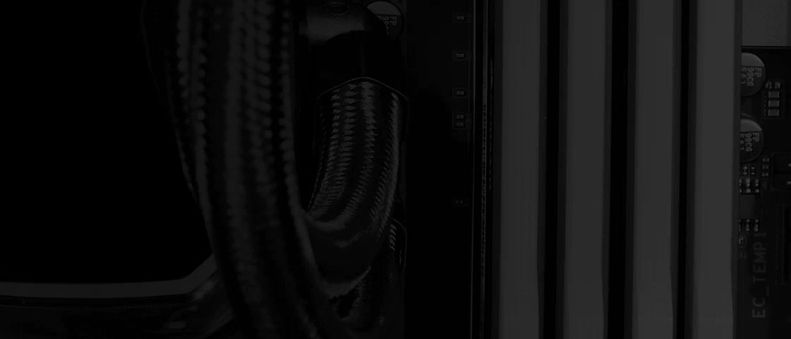

Types of Servers
Server is a computer system that provides resources and services, typically used for storing and processing large amounts of data and providing network connectivity, applications, and services. Servers are usually specially designed and configured to provide higher performance, reliability, and security. They are commonly used in large enterprises, educational institutions, government agencies, internet service providers, and other organizations to support various business needs such as applications, databases, cloud computing, storage, and networking infrastructure.
Hardware Equipment
The hardware equipment of a server is typically more powerful and durable than that of a personal computer to cope with higher computational loads and longer run times. Here are some typical server hardware components:
Central Processing Unit (CPU): The CPU of a server is typically more powerful than that of a personal computer and can handle more processing load.
Memory (RAM): Servers need sufficient RAM to handle multiple requests at the same time.
Hard Drive: Servers typically require larger storage space and more reliable hard drive devices to prevent data loss.
Network Interface Card (NIC): Servers require support for high-speed network connections to handle large data transfers.
Power Supply Unit (PSU): Servers require more reliable power supplies to maintain continuous uptime.
Cooling System: Servers typically require more powerful cooling systems to maintain stable temperatures and prevent hardware failures.
Expansion Slots: Servers typically require more expansion slots to support more hardware devices and interfaces.
Remote Management Functionality: Servers typically require support for remote management functionality to facilitate maintenance and management.
1.
2.
3.
4.
5.
6.
7.
8.
These are some common server hardware components, and specific hardware equipment may vary depending on the purpose and requirements of the server design.
Software Services
The software services of a server refer to various software applications running on the server, which can provide different types of services. The following are some common server software services:
Web server: used to provide web page and website services, with Apache and Nginx being the most common.
Mail server: used to handle the sending and receiving of emails, with Postfix and Exim being the most common.
Database server: used to store and manage databases, with MySQL and PostgreSQL being the most common.
File server: used to store and share files, with Samba and NFS being the most common.
DNS server: used to manage the mapping between domain names and IP addresses, with Bind and dnsmasq being the most common.
Application server: used to run specific applications, such as web applications and e-commerce applications, with Tomcat and JBoss being the most common.
1.
2.
3.
4.
5.
6.
In addition to the services listed above, there are many other server software services, such as FTP server, VPN server, VoIP server, etc. These services can meet different needs, so installing and running these services on a server is very important for businesses and organizations.
Server
Pedestal server:
The Pedestal Server, also known as a Tower Server, has a similar appearance to a personal computer, with an independent casing and is vertically placed on the floor, typically without the use of facilities such as racks or cabinets. The Pedestal Server is relatively inexpensive, easy to maintain and manage, and is suitable for small businesses or office environments.
Rack server:
A Rack Server is a server with a rack-mounted structure, typically based on standardized 19-inch racks and horizontally stacked within the rack. The Rack Server can achieve efficient use of space and is suitable for large enterprises or data center environments. Additionally, because the Rack Server has modular characteristics, expansion and upgrades can be easily accomplished.
Blade server:
A Blade Server is designed for high-density server requirements and is typically placed in a Blade Chassis containing multiple blade servers. The Blade Server features efficient use of space and low power consumption because the Blade Chassis can share power and cooling systems, with each blade server requiring only a small amount of cooling space. The Blade Server can achieve high-density computing and virtualization, making it suitable for highly integrated enterprises and data center environments.
Overall, each of these three types of servers has its advantages and suitable range. Enterprises and organizations need to choose the appropriate server based on their own needs and budget.
Technology
Dynatron offers a complete line of server products, focusing on 1U and 2U liquid and air cooling technologies to meet the needs of different server specifications and deployment environments. As servers must serve different roles and provide different functions, selecting the right server product to execute work projects is crucial. Different cooling design principles have their own advantages and disadvantages and are suitable for different application scenarios. With the increasing amount of computing power, reliable and high thermal conductivity heat dissipation materials are required to cope with the high power density of different servers. In terms of thermal management in data centers, Dynatron focuses on energy-saving from theoretical heat flow simulation to experimental measurement, and is dedicated to achieving optimal design for energy-saving benefits.
.png)
.png)
.png)











